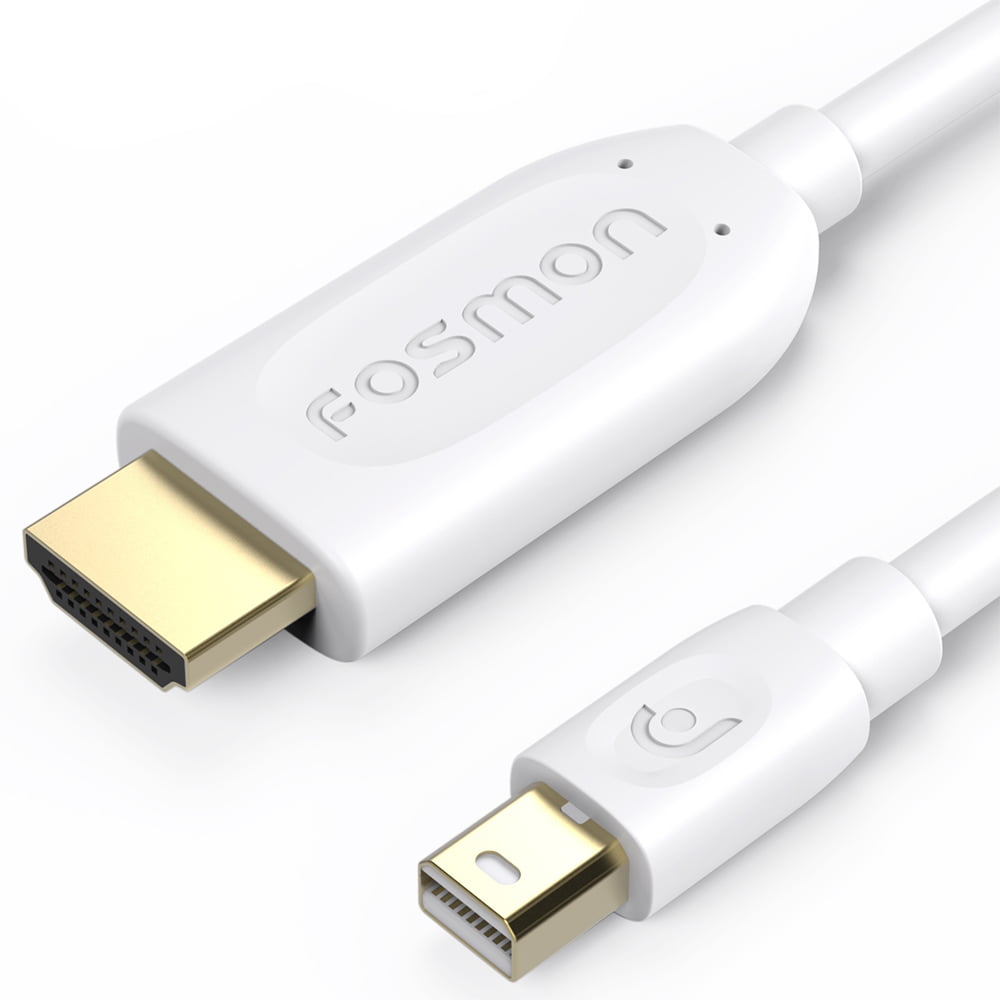
For example, HDMI not working or HDMI cable issue, the issue with MacBook or monitor, incompatible or faulty device driver, choice of the incorrect playback device, and others. Unfortunately, sometimes, users face issues with sound. HDMI can transfer uncompressed video data or condensed or uncompressed digital audio data from HDMI-obedient appliances to a compatible system. I have a feeling one of these will solve the problem.High-definition Multimedia Interface (HDMI) is useful for your MacBook, as it allows you to hear audio. Try a different HDMI cable if you've got one. You might try another HDMI input on your TV just as a test. Maybe that input port on your TV is pre-set to expect only separate stereo jacks on that input. Light up the menu options on your TV, and just double check your Audio options settings. Make sure your TV isn't setup to expect audio from it's Stereo input jacks, as if you were connecting via component video and audio. If it's a movie, for instance, and you're using VLC as your player, check your Audio Device setup in the Audio menu option. HDMI only on that TV input.Ĭheck the setup options for Audio in the app you're using to play your content. Don't turn these all up to max! When you find the culprit, you don't want to blow anything out.Ĭheck to make sure you don't already have an audio source plugged into the audio jacks for that input on your TV. IF your TV's set up to play audio through your amplifier (surround, etc.) make sure your amp is on, set to TV as it's input, and volume is up. Make sure it's turned up.Īnd make sure that your TV volume is up, and not accidentally on Mute. THe content you're trying to play probably has a volume control of it's own too. Make sure your volume is turned up on the MBP. We're not interested in "Sound Effects" in this case, so don't worry about that.

You should see the speaker icon next to that audio output selection too. Select your thunderbolt output and make sure the volume sliders are turned up.

If you have various sound drivers installed and showing up in Audio MIDI Setup, just leave them alone for now, and DO NOT use any aggregate devices. Make sure your system volume is turned up there too. Try setting your "Use audio port for:" to Sound Input, as it may be hogging the audio out channel and not letting your thunderbolt use it. Go to your MIDI Audio Setup again and make sure that your thunderbolt output is set to "Use this device for sound output." Highlight it, and go down to the setup (gear icon below) to set it.įrom your Apple Menu, open your System Preferences and choose Sound. I think your problem is on the TV side, but Here are a bunch of things to try:įirst, make sure you're connected to your TV and getting an HDMI video signal to the video input you've selected. That model of MBP supports audio through that adapter, so you should be getting sound.


 0 kommentar(er)
0 kommentar(er)
